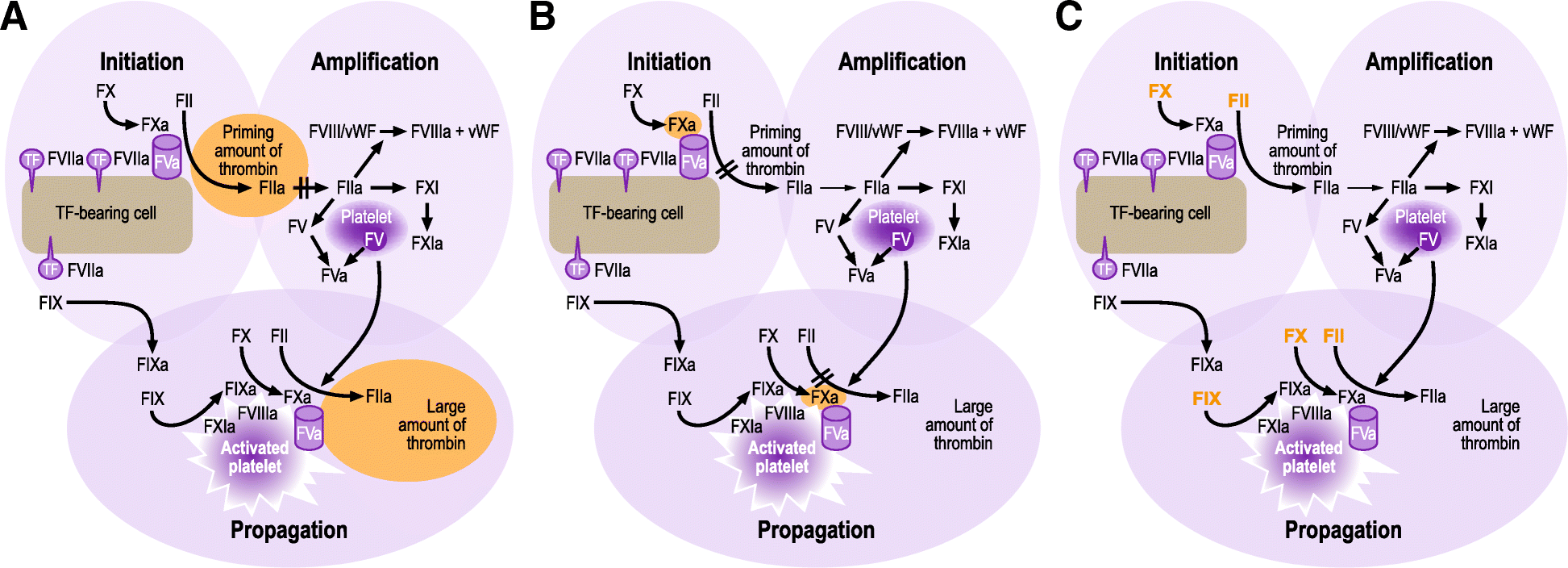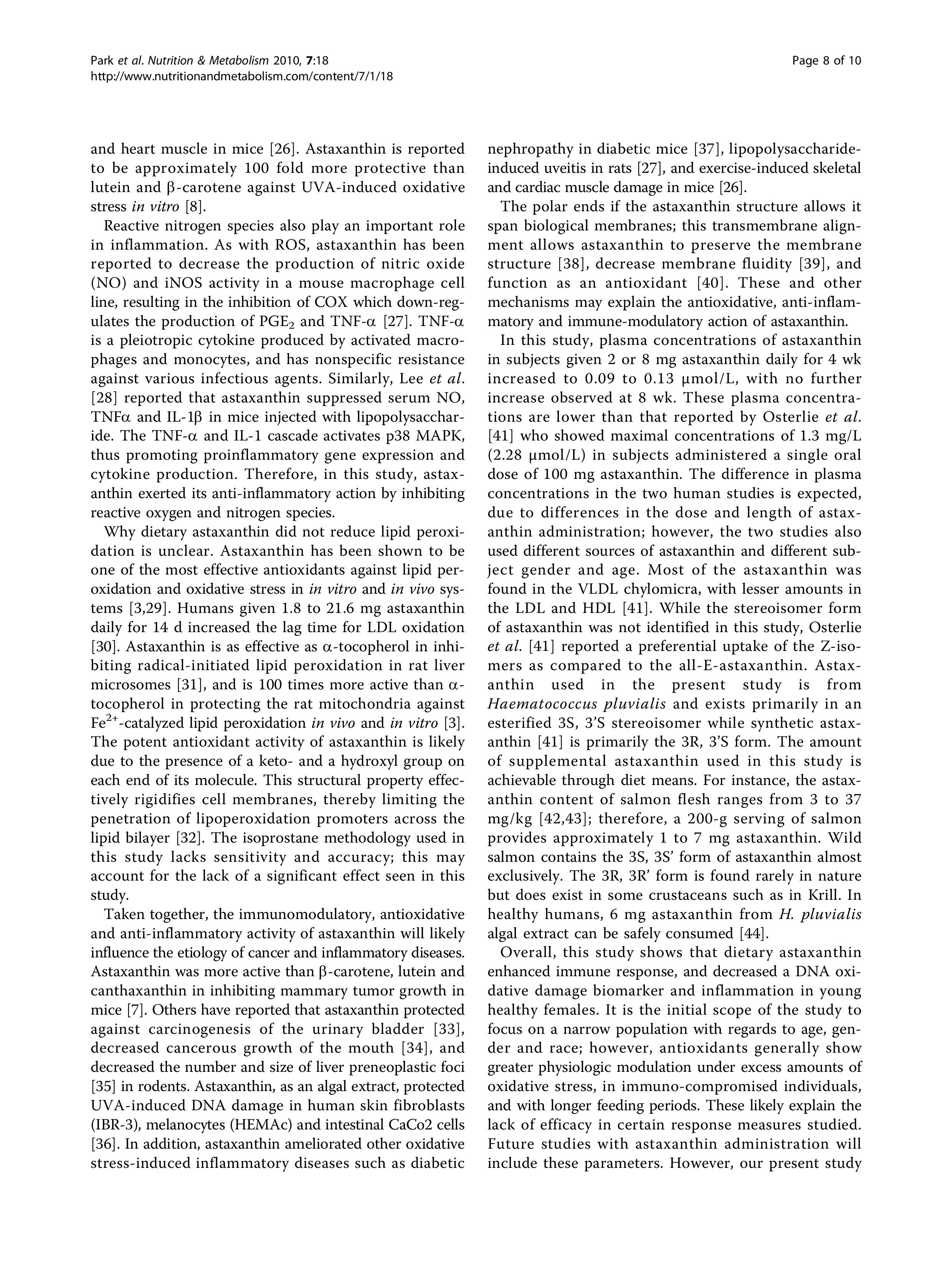

At the mechanistic level, in the research article by Liang et al.

The findings discussed in this article highlight the importance of the HS family as a therapeutic target for inhibiting inflammation, sustaining mucosal repair, and potentially arresting the colitis-to-cancer progression. It is also emphasized the role of the HS family in the onset and development of colorectal cancer, of which chronic intestinal inflammation is a known risk factor. give an overview of the role of HS proteins and factors in maintaining gut mucosal homeostasis by regulating the survival and death of intestinal epithelial cells and promoting healing ( Gong et al.). Despite the precise aspects of when and how the non-canonical inflammasome-associated caspases become functionally relevant during the development of IBD have yet to be clarified, it is concluded that their activation and signaling have the potential to provide new therapeutic strategies of clinical relevance in the management of IBD.Īnother target particularly important in the context of inflammation is the heat shock (HS) family, composed of highly conserved molecules widely expressed in mammals and primarily upregulated under stressful conditions for the cell environment. In addition to the detailed description of how LPS activates caspase-4 and -5, the Authors also review important potential endogenous activators of non-canonical inflammasome signaling (oxPAPC, ER stress and cGAS/STING signaling) and their relevance to IBD and its pathogenesis. Smith and Creagh discuss the current literature in the area of caspase-4/-5/-11 expression and function in the gut and their role in the inflammation and pathogenesis of IBD ( Smith and Creagh). This series of articles has been collected for the Frontiers in Pharmacology journal readership with the aim of showing some of the most recent developments in gut pathophysiology. Thus, studying molecular targets able to clarify disease etiology and predisposition is crucial for early diagnosis, life-style modifications, and therapeutic interventions aimed at improving prognosis and minimizing life-threatening complications. IBD are chronic and relapsing conditions, negatively affecting quality of life of both adult and pediatric patients. In the last decades, there have been an increasing number of remarkable developments in understanding how mucosal mechanisms regulate intestinal homeostasis, powerfully contributing to the identification of new pharmacological strategies for the treatment of Crohn’s disease (CD) and ulcerative colitis (UC), collectively known as inflammatory bowel diseases (IBD). The delicate balance between immune tolerance and responsiveness in the intestine has its foundation in the synergistic action of multi-layered mucosal defense mechanisms regulating microbiota composition, epithelial integrity, and lamina propria immunity.


 0 kommentar(er)
0 kommentar(er)
